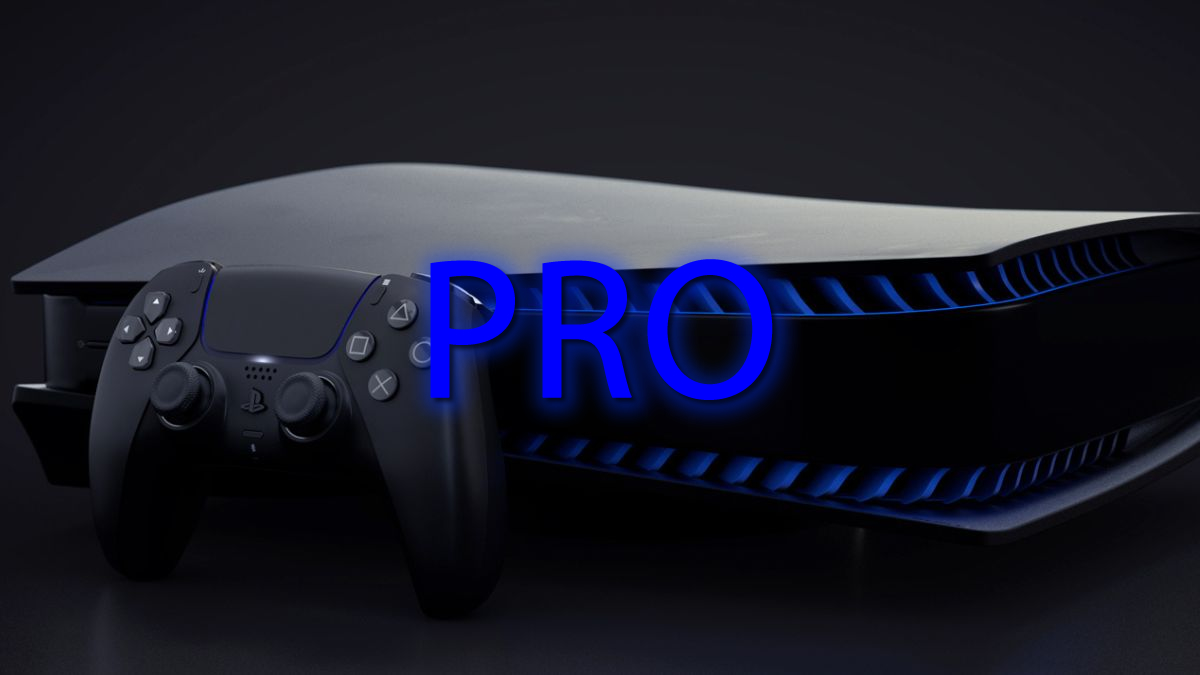
Rumor has it that Sony is working on a PlayStation 5 Pro console, and development kits are starting to become available to third-party developers. This new system from Sony will reportedly feature a new 4nm SoC called Viola, with the PS5 Pro project itself being named Trinity.
Sony’s Project Trinity is built on three technological pillars. These are fast storage, accelerated ray tracing, and expanded specifications. Sony’s standard PlayStation 5 already features accelerated storage, though it’s possible that the PlayStation 5 Pro will ship with a faster storage solution.
On the GPU side, Sony’s PlayStation 5 Pro is said to have a graphics chip based primarily on RDNA 3, but it does contain some… RNA 4Ray tracing improvements. This means that Sony’s PlayStation 5 Pro should feature a significant boost in ray tracing performance. This comes from architectural improvements and increased GPU CU count.
There are conflicting rumors about the AMD Radeon-based graphics chip in the PS5 Pro. One source, @Kepler_L2 It was stated that it contains 60 arithmetical units, while another source stated that it contains 60 arithmetical units Reset the era It states that it uses 56 CUs.

Yes, I was actually wrong about that… The PS5 Pro uses 60 of the 64 modules (the full Viola configuration is 2 SE x 2 SA x 8 WGP).
— Kepler (@Kepler_L2) December 11, 2023
PlayStation 5 Pro Upgrades
Sony is said to be continuing to use AMD’s Zen 2 CPU architecture for the PlayStation 5 Pro. This makes sense for compatibility reasons, although the PS5 Pro’s CPU should reach higher core clock speeds. It has been reported that Sony’s PS5 Pro can clock up to 4.4GHz. This is significantly higher than the PS5’s standard 3.5GHz.
With both increases in CPU and GPU performance, Sony’s PS5 Pro console should be able to run supported games at higher resolutions and frame rates than the base PS5 consoles. This is especially true for games that feature ray tracing, where ray tracing should receive a particularly significant performance boost.
Here are the claimed specifications of the PlayStation 5 Pro from Reset the era.
- The violin is built on a TSMC N4P.
- GFX1115
- Viola’s CPU maintains the zen2 architecture found in the current PS5 for compatibility, but the frequency will once again be dynamic with a peak of 4.4GHz. 64KB of L1 cache per core, 512KB of L2 cache per core, and 8MB of shared L3 (4MB per CCX).
- The Viola die is 30WGPs when fully enabled, but will only have 28WGPs (56 CUs) silicon enabled in retail PS5 Pro units.
- Trinity is the peak three Main technologies. Accelerated storage (hardware-accelerated compression and decompression, already a key technology found in the PS5), accelerated ray tracing, and upscaling.
- The architecture is RDNA3, but requires improvements in ray tracing from RDNA4. BVH traversal will be handled by dedicated RT hardware rather than relying entirely on shaders. It will also involve reordering threads to reduce data and execution variation, something similar to Intel Arc’s Ada Lovelace SER and TSU.
- 3584 shaders, 224 TMUs, 96 ROPs.
- 16 GB GDDR6 memory at 18 GB/s. 256-bit memory bus with a memory bandwidth of 576 GB/s.
- The GPU frequency target is 2.0 GHz. This brings the dual-version TFLOPs to a range of 28.67 peak TFLOPs (224 (TMUs) * 2 (processes, dual-version) * 2 (core clock)). 14.33 TFLOPs if we ignore the double problem factor.
- 50-60% increased drip compared to Oberon and Oberon Plus, more than twice the raw RT performance.
- The XDNA2 NPU will be on display for the purpose of accelerating Sony’s custom temporary machine learning upscaling technology. This will be one of the main focus points for the PS5 Pro, as we saw in the PS4 Pro verification panel demo. The goal is to output temporarily stable 4K at above 30fps.
- Revealed September 2024

Hardware specifications
Memory-wise, Sony’s PlayStation 5 Pro seems to feature memory upgrades that are somewhat lacking. The system will continue to use 16GB of GDDR6 memory. However, this time the system will feature 18Gbps GDDR6 memory instead of the 14Gbps memory used in the base PS5 consoles. While this memory is 28.5% faster, this boost is small when compared to the overall boost in GPU performance that the system features. Does this mean the PS5 Pro may have limited memory?
| PlayStation 5 | PlayStation 5 PRO (rumored) | |
| SOC | 7/6 nm Oberon/Oberon+ | 4 nm Viola |
| CPU | AMD Zen 2 | AMD Zen 2 |
| CPU cores/threads | 8 cores / 16 threads | 8 cores 16 threads |
| CPU clock speed | Up to 3.5 GHz | Up to 4.4GHz |
| GPU | AMD RD DNA 2 | AMD RDNA 3/4 Hybrid |
| GPU configuration | 18 WGB/36 cu.m | 30 WGP/ 60 CU or 28 WGP/ 56 CU |
| GPU clock speed | Up to 2.23MHz | ???? |
| Memory configuration | 256-bit GDDR6 | 256-bit GDDR6 |
| Memory capacity | 16 GB | 16 GB |
| Memory speed | 14 Gbps | 18 Gbps |
Will the PS5 have a neural processing unit?
There are also claims that Sony’s PlayStation 5 will feature… XDNA 2 Neural Processing Unit (NPU). Rumor has it that the AI performance of this NPU could be used to power custom AI upscaling technology. This technology will allow Sony to offer a temporarily stable upgrade that is superior to existing solutions. However, AMD’s RDNA 3 graphics card already features AI accelerators, which can also be used to serve this purpose. Does the PS5 Pro need a dedicated NPU when RDNA 3 can provide AI acceleration?
We expect to hear more about the PlayStation 5 Pro soon. It’s only a matter of time before more information leaks. This is especially true since Sony is already sending development kits to third parties.
You can join the discussion on Alleged PlayStation 5 Pro specifications on OC3D forums.
Rumors and speculation surrounding the highly anticipated PlayStation 5 Pro have been swirling in the gaming community, with alleged specifications for the upgraded console starting to surface. As gamers eagerly await the official announcement from Sony, the potential hardware and performance enhancements of the PlayStation 5 Pro have generated excitement and debate. From improved graphical capabilities to enhanced processing power, the alleged specifications of the upcoming console have sparked fervent discussion among gaming enthusiasts.


